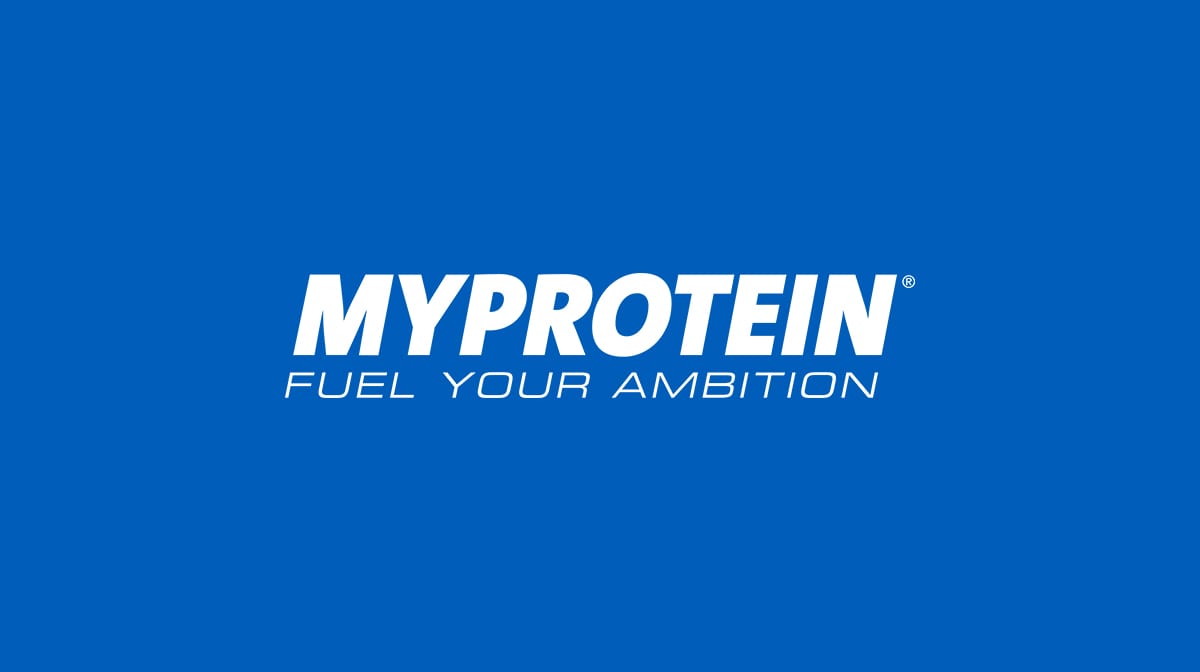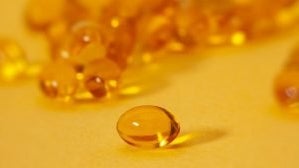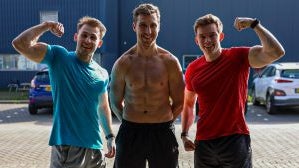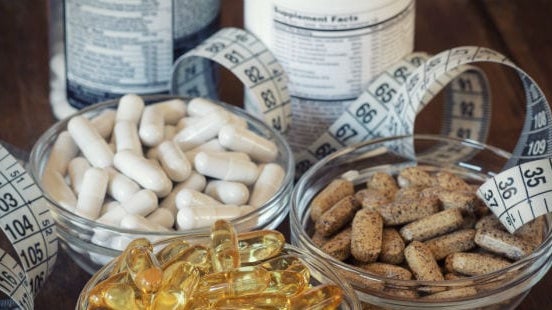How To Get An Adonis Belt | Myprotein’s Expert Advice
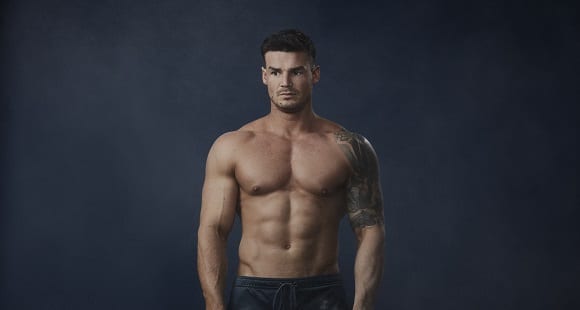
For those who are unaware of what the adonis belt, this part of the body is known truly as the Iliac Furrow - and by many others as "The V', due to is V shape in the muscles. This is the area of the inguinal ligament, located on the waistline of both males and females, and is often times viewed by many as the "hottest" or "sexiest" part of the abdominal and iliac region.
Often it is viewed in this way not because the muscle itself is hard to achieve and shows muscularity, but instead it resembles the nature of one being "fit" and "young", and nothing shows that someone takes care of their body better than a nice, toned stomach, and nothing accompanies a toned midsection better than a nice V line or well developed adonis belt.
Tips To Achieve The Adonis Belt
Now although many people work extremely hard to achieve this physical attribute, many others do not truly understand how one can achieve this feature on his/her body, and therefore assume that it's only obtainable by eating the same healthy, boring foods and performing a ridiculous amount of sit-ups, over and over again. This is entirely misleading, especially since sit-ups do not have any effect on the Adonis development.
So what exactly should one do instead to see better results?
Low Body Fat
The first step, which is the most important step, is to get your body fat low. The reason why this is the most important part is due to the fact that the Adonis or inguinal muscles will not begin to show until the body has reached around 10% body fat or less. Now fat is located throughout the entire body, and it covers all muscle detail and definition, so no matter how much you train a muscle group, definition in such areas will not begin to show until the human body reaches a low enough percentage of fat.
Training The Region
After burning as much of the fat off of your body as you can, the next step would be to train your Adonis region, and to do this you need to learn how to train those muscles that make up the adonis belt, which is the Inguinal Ligament and the Transverses Abdominus. Those lines that you see that give that V look on the waist that runs from the midsection to the waistline, those are the Inguinal Ligament. Training this muscle group is extremely important because even if one gets their body fat low enough, without training of this muscle, no definition will begin to show.

In order to train this muscle, I advise that one performs a good amount of core work. Examples of great core exercises to perform would be Floor Planks, Squats, and Deadlifts (compound exercises), but in order to achieve muscle hypertrophy, I advise training your core and transverse abdominus at least 3x a week for about 10 minutes per session.
Stomach Vacuums
Sound weird, right? Stomach vacuum is an isometric exercise, and can take a lot of practice, but are effective in training the Adonis area. To do a stomach vacuum, stand upright and exhale all air out of your lungs, puff your chest out, and hollow your stomach. Imagine trying to touch your belly button to your spine. Hold for 20-30 seconds - or as long as you can. Don't stop yourself from breathing just to complete the exercise!
Take Home Message
In conclusion, the best things one can do to achieve a toned and well developed Adonis Belt is:
1) Get your body fat as low as possible.
2) Train this muscle properly at least 3x per week after your weight training sessions.
3) Perform more compound movement exercises during your workouts.
4) Eat healthily!
Perform these 4 simple steps and I promise that you will start seeing better results in your midsection in no time. Hope this has helped clear up any questions you might have had about developing this part of your body. And remember, eat healthy, train hard, and have a great day!
